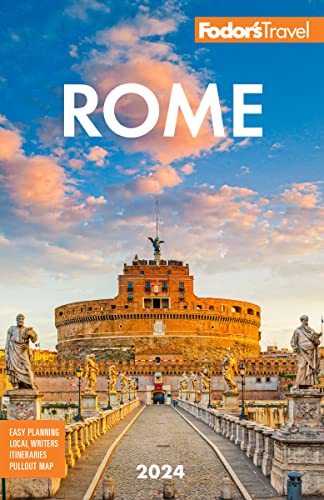If you ever wanted to feel like the Caesars—with all of ancient Rome (literally) at your feet—simply head to Michelangelo's famed Piazza del Campidoglio. There, make a beeline for the terrace flanking the side of the center building, the Palazzo Senatorio, Rome's ceremonial city hall. From this balcony atop the Capitoline Hill you can take in a breathtaking panorama.
Looming before you is the entire Roman Forum, the caput mundi—the capital of the known world—for centuries, and where many of the world’s most important events in the past 2,500 years happened. Here, all Rome shouted as one, "Caesar has been murdered," and crowded to hear Mark Antony's eulogy for the fallen leader. Here, legend has it that St. Paul traversed the Forum en route to his audience with Nero. Here, Roman law and powerful armies were created, keeping the rest of the world at bay for a millennium. And here the Roman emperors staged the biggest blow-out extravaganzas ever mounted for the entire population of a city, outdoing even Elizabeth Taylor's entrance in Cleopatra.
But after a more than 27-century-long parade of pageantry, you'll find that much has changed in this area. The marble fragments scattered over the Forum area makes all but students of archaeology ask: is this the grandeur that was Rome? It’s not surprising that Shelley and Gibbon once reflected, on the sense that sic transit gloria mundi—“thus passes the glory of the world." Yet spectacular monuments—the Arch of Septimius Severus, the Palatine Hill, and the Colosseum (looming in the background), among them—remind us that this was indeed the birthplace of much of Western civilization.
Before the Christian era, before the Emperors, before the powerful Republic that ruled the Mediterranean, Rome was founded on seven hills. Two of them, the Capitoline and the Palatine, surround the Roman Forum, where the Romans of the later Republican and imperial ages worshipped deities, debated politics, and wheeled and dealed. It's all history now, but this remains one of the world's most striking and significant concentrations of ancient remains: an emphatic reminder of the genius and power that made Rome the fountainhead of the Western world.
Outside of the actual ancient sites, you'll find neighborhoods like Monti and Celio, riones which are just as much part of Rome's history as its ruins. These are the city's oldest neighborhoods, and today are a charming mix of the city's past and present. Once you're done exploring ancient Rome, these are the easiest places to head for a bite to eat or some shopping.






